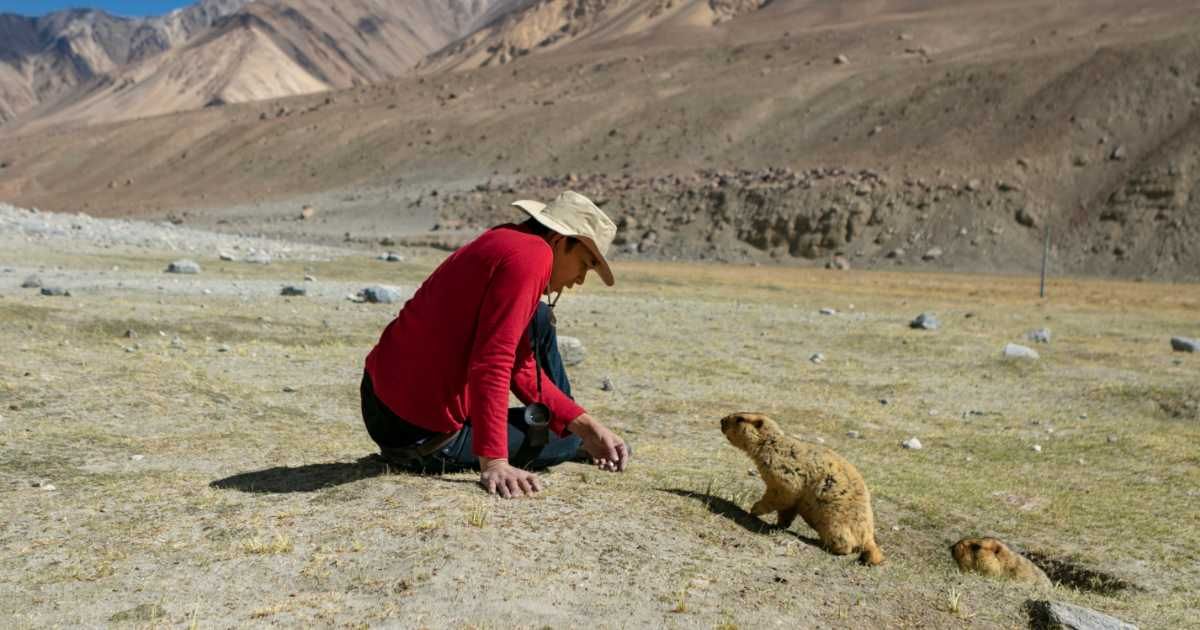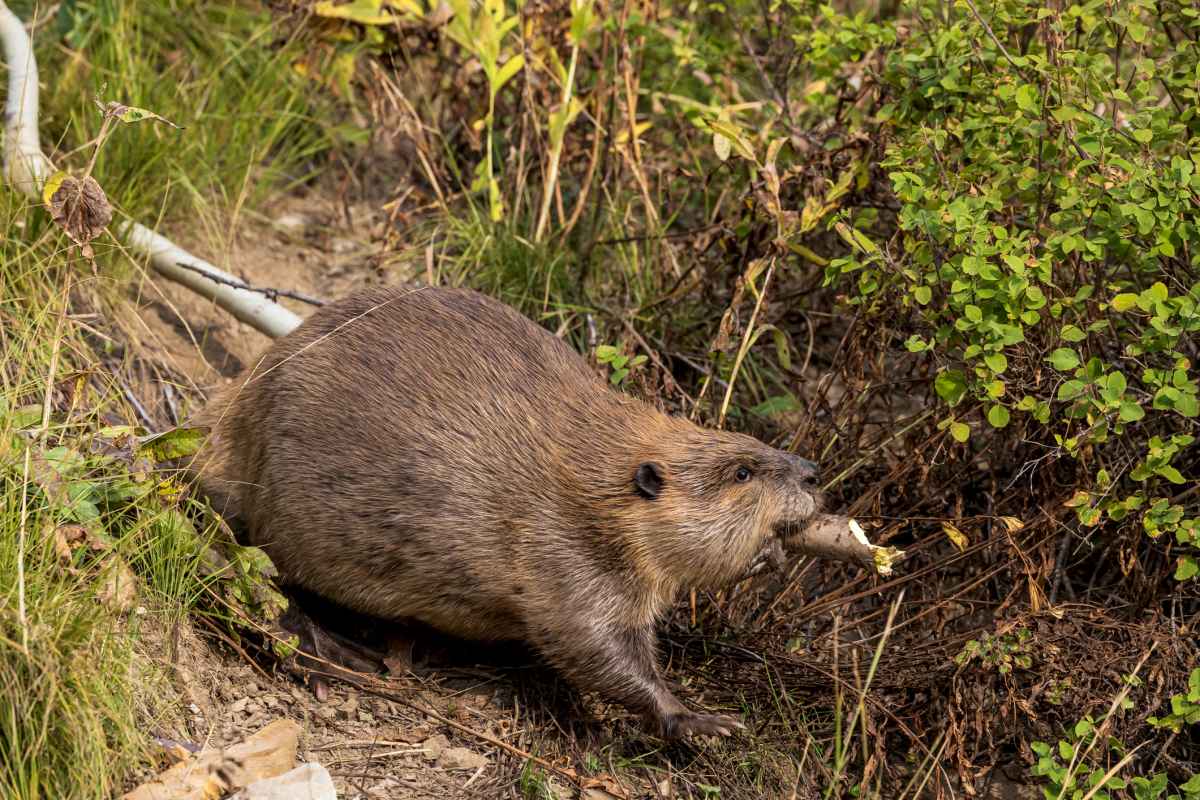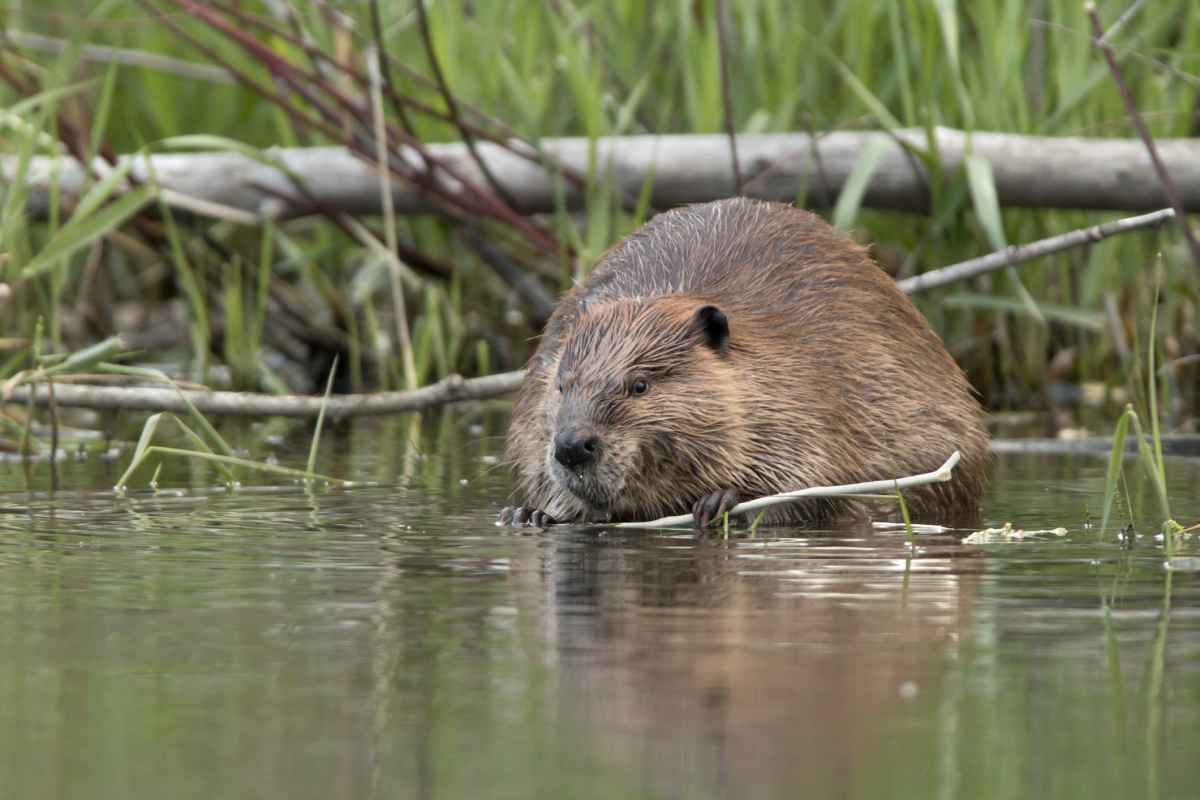Scientists Reintroduced Beavers in Utah Desert to Save Rivers — and They Did an Incredible Job

On a typical night in Utah’s desert, a beaver plunges into the river, slapping its tail on the water. With its chisel-shaped teeth, it strips the wood and starts gnawing and nibbling it. The rodent repeats this process several times, waddling in and out of the water, scrambling around the bank, and building a dam. It cannot perform as good on land as it can in the water, so it stays near the bank, shuffling between tangles of straws, branches, and logs, carving dams in the river, as seen in this video by BBC Studios.

Somewhere nearby, a resident biologist named Aaron Cox wonders why the water levels in her area are suddenly rising, unaware that the beaver is secretly working hard during the nights to restore the desert’s rivers one pond at a time, one rocky riffle at a time, per BBC.
Enter Utah and you’ll be welcomed by its insanely deep-winding canyons. Snaking through these rocky trails are rivers rushing like veins in the state of Colorado and surrounding settlements. However, in recent years, these veins have been drying up, leaving the towns parched. Blame climate change. But lately, Cox and other residents of the desert are becoming hopeful once again, seeing the rivers getting restored. It’s not a coincidence, though. Beavers, the unsung heroes behind this accomplishment, are working overnight to revive the shrinking rivers.
When scientists noticed the rivers contracting, they thought of one of the most unusual ideas ever thought of: seek help from beavers. Since beavers are experts at carving dams in water, they were the best candidates for this river-saving job. In one such project, lead biologist Nate Norman trapped some beavers in their rehabilitation home and left them in quarantine for a few days. After a few days, she and her team released the beavers in a drying river located in Morgan County of the desert, per KSL News Utah. The goal, for Norman, was to use something that could revitalize the dying rivers without any man-made manipulations on the desert’s ecosystem, revive fish populations, and make the soil fertile.

Emma Doden, another scientist from Utah State University, shared with the BBC that "The ultimate goal is to get them to build dams. The dams are what is going to increase habitat complexity and restore water. We wanted to see if these translocated beavers would ultimately be contributing towards restoration efforts," added Doden.
Phaedra Budy, from the same university, was working on restoring the San Rafael River. The fish in this river had been disappearing. Rare species like the flannelmouth sucker, bluehead sucker, and roundtail chub, which relied on San Rafael for feeding and reproducing, had vanished altogether. “Fish in particular are indicators of ecosystem health,” Budy told KUER. When she reintroduced beavers, the rivers showed signs of reawakening. Fishes returned.
The same happened with the Price River. Today, if you visit the river, you may come across throngs of tourists kayaking, tubing, and fishing, something which seemed impossible in the past, per the Sl Trib. Thanks to these little rodents, the desert’s rivers are once again breathing and alive.
More on Green Matters
Experts Dropped Gophers Onto Lifeless Mount St Helens — 40 Years Later, It Is Brimming With Life
Researchers Dump 1,500 Christmas Trees Into Frozen Lake — No One Was Ready for the Result
NASA Satellite Captures Sahara Desert Witnessing 'A Miracle' for the First Time in 50 Years